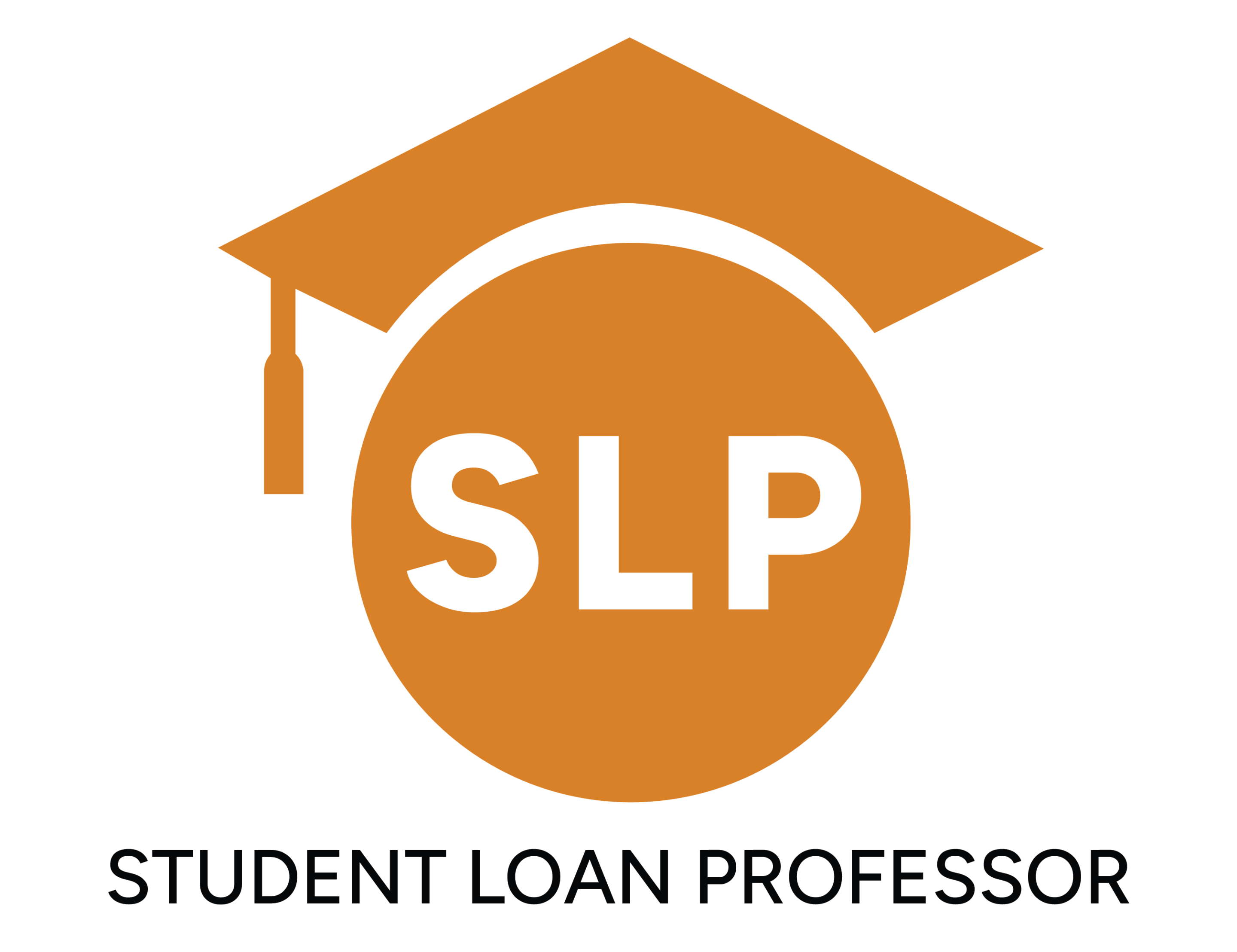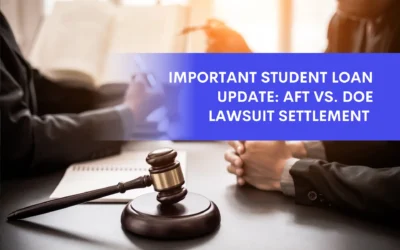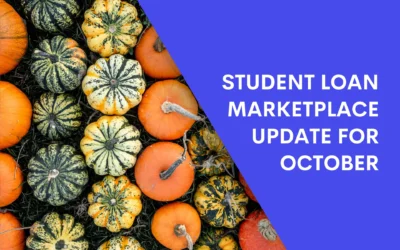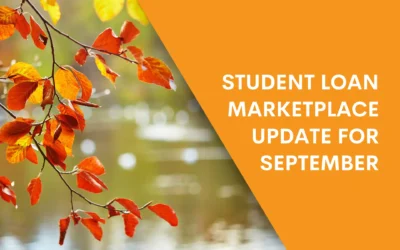Paying your student loans on time is one of the most important steps in maintaining your financial health. However, many borrowers struggle with the simple but crucial question: Where do I pay my student loans?
Missing a payment or sending it to the wrong place can lead to late fees, negatively affect your credit score, or even result in default. This is why understanding where and how to make your payments is essential.
Join us as we walk through everything you need to know about making your student loan payments, including:
- Determining whether you have federal or private student loans
- The official payment options for both federal and private loans
- Best practices to avoid late fees and optimize your payment strategy
- What to do should you encounter issues with your loan payment
How to Determine Your Student Loan Type
Before making any payments, you need to establish whether you have a federal or private student loan. This distinction is essential because these loan types each have different servicers, payment portals, and repayment plans.
Here’s how you can determine your loan type quickly:
Federal Student Loans
These account for 92.4% of all student debt, so you likely have a federal student loan. To verify this:
- Visit the Federal Student Aid (FSA) website at studentaid.gov
- Log in using your FSA ID (the one you used for your FAFSA)
- If your loan is listed on the FSA website, then it’s a federal loan
- Confirm your loan details, including the loan servicer handling your payments
Private Student Loans
Private student loans account for about 7.57% of all student debt, and this is largely in refinanced loans. To confirm if you have a private student loan:
- Check your credit report at AnnualCreditReport.com (this is free once per year)
- Look for any student loan accounts that are not listed on the FSA website
- Contact the listed lender directly, or check for past emails/statements for payment details
Once you confirm that you have a private loan, you’ll need to make payments directly to your lender (e.g., SoFi, Earnest, or Laurel Road).
Where to Pay Your Federal Student Loans
If you have a federal student loan, you don’t send your payments directly to the U.S. Department of Education. Instead, you make your payments through a federal loan servicer; that is, a company assigned to handle the billing, repayment plans, and customer support.
To find your specific loan servicer:
- Log in to your Student Aid account with your FSA ID
- Go to the “My Loan Servicers” section to see the company managing your loan
- Contact your servicer or visit their website for monthly payment instructions
How to Make Payments on Your Federal Student Loan
Most federal loan servicers provide multiple ways to make payments including:
- Online Payments: This is the most convenient way to make monthly payments for federal loans. Typically, all you have to do is log in to your servicer’s website and set up one-time payments or automatic payments.
- Phone Payments: Contact your servicer via their customer service line to use automated payment options or speak with a representative to process your payment.
- Mail Payments (Money Order Payments): Find your loan servicer’s mailing address to send your monthly payments. Make sure to include your loan account number on the check and make it payable to your loan servicer. Send in your payments well in advance to avoid delays.
- Bank’s Bill Pay System: Log into your online banking portal add your loan servicer as a payee and schedule payments directly from your account. Be sure to enter the correct servicer details and account information to avoid misapplied payments.
- Wage Garnishment (for defaulted loans): If your student loans are in default, the government might automatically garnish your wages. You can avoid this through loan rehabilitation or setting up an alternative payment plan.
Where to Pay Your Private Student Loans
Unlike federal loans, private student loan payments are made directly to the lender. Each lender has their own payment portal, methods, and policies, so it’s essential to know where and how to make your payments.
Private lenders also provide several ways to make your loan payments, including; online payments, phone payments, mail payments, and through your bank’s bill pay system.
Some private lenders may offer a 0.25% to 0.50% interest rate reduction if you enroll in their automatic payments program. In such instances, the lender will partner with platforms like PayPal, Venmo, or third-party bill pay services to facilitate payments. Be sure to check with your lender if you wish to use this option.
Pro Tip: Some private lenders offer a 0.25% to 0.50% lower interest rate if you sign up for the automatic payments program. Take advantage of these discounts to further reduce the total cost of your loan.
Common Payment Issues and How to Resolve Them
1. If You Can’t Find Your Loan Servicer
- For Federal Loans: Log into your Student Aid account and check your loan servicer information, if you can’t access your account, call the Federal Student Aid Information Center at 1-800-433-3243.
- For Private Loans: Check past emails, billing statements, and loan documents, or review your credit report at AnnualCreditReport.com to see who holds your loan. If your loan was sold or transferred, your previous lender should have sent you a notification.
2. If Your Payment Doesn’t Go Through
If you submitted a payment but it has not been processed:
- Check your bank statement to confirm whether your monthly payment was deducted and log into your loan servicer’s portal to check your account status.
- If your payment was rejected, verify that:
- You used the correct account number and loan servicer information
- Your payment wasn’t blocked by your bank due to fraud prevention
- You have sufficient funds in your bank account
In case of an error, contact your loan servicer immediately to resolve the issue.
3. If You Miss a Payment
- For federal loans: There is typically a 15-day grace period before a late fee is applied. However, if you miss multiple payments, your federal student loan becomes delinquent or defaulted.
Contact your servicer to see if you can retroactively apply for forbearance or an income-driven repayment (IDR) plan to lower your payments.
- For private loans: Most private lenders charge lateness fees immediately after the due date. Some private lenders also report missed payments to credit bureaus after 30 days. Get in touch with your lender to discuss options if you’re struggling to make your payments.
Pro Tip: Save all your payment confirmations, bank statements, and email receipts for your student loan payments. Having this documentation can help you resolve issues faster should they arise.
Master Your Student Loan Payments With the Right Help
Paying your student loans on time is essential for maintaining good financial standing, avoiding unnecessary fees, and reducing long-term costs. Whether you have a federal or private loan, knowing where and how to make payments ensures a smooth repayment journey.
Thankfully, managing your student loans doesn’t have to be overwhelming. With the right strategy and partner at your side, you can stay on top of your payments, reduce financial stress, and even save thousands over the life of your loan.
This is where Student Loan Professor (SLP) comes in—from repayment plans to finding the best loan deals, SLP provides expert guidance and insider tips to help you save money and secure the best loan terms.
Contact SLP today to confidently take control of your student loan debt.
Brandon Barfield is the President and Co-Founder of Student Loan Professor, and is nationally known as student loan expert for graduate health professions. Since 2011, Brandon has given hundreds of loan repayment presentations for schools, hospitals, and medical conferences across the country. With his diverse background in financial aid, financial planning and student loan advisory, Brandon has a broad understanding of the intricacies surrounding student loans, loan repayment strategies, and how they should be considered when graduates make other financial decisions.





